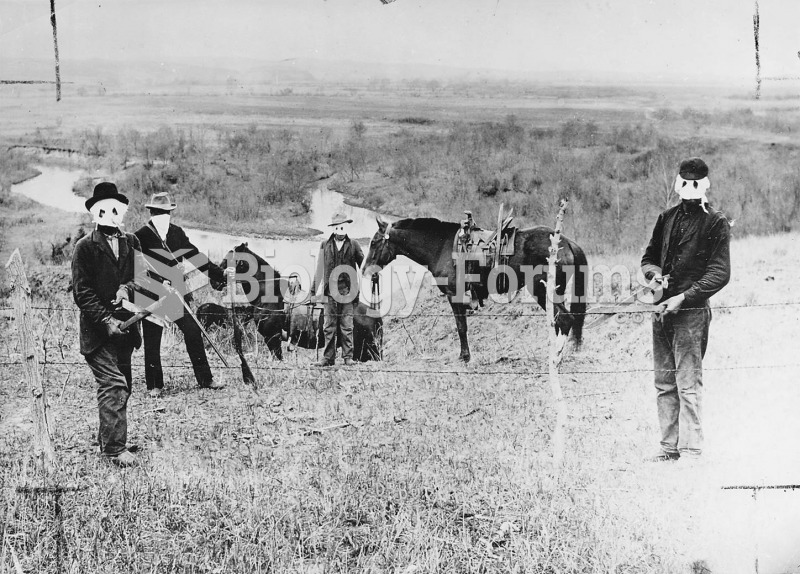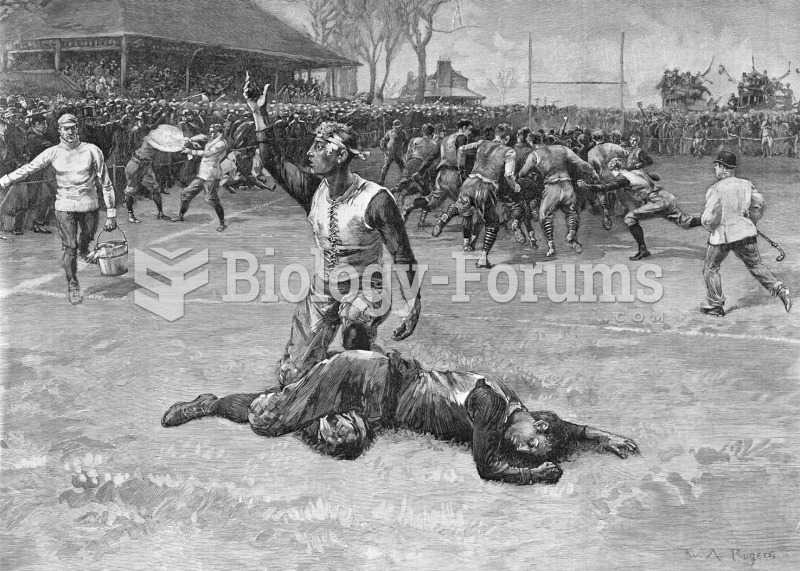Tucker and Hankey were adjoining property owners. Tucker claimed that the fence separating their properties was not located properly and that it should be moved back onto Hankey's land. Hankey claimed that he owned the strip between the fence and the alleged boundary line by adverse possession. He proved that for forty (40 ) years there had been on the strip in question a barn with a cement floor, which had been built by the person from whom he purchased his land, and that he had been told by the former owner that the fence was the boundary line. The fence consisted of five-foot-high barbed wire set in cement. Did Hankey own the strip by adverse possession?
Question 2
Ulysses bought Whiteacre from Gordon but never recorded the deed. Gordon stayed on the property as a tenant for three (3 ) years. Near the end of the three (3 ) years, Gordon learned that Ulysses had never recorded the deed. Gordon advertised Whiteacre for sale and Cheryl negotiated with Gordon thinking that Gordon was the owner. Finally, Cheryl checked the records at the recording office and, finding no reason to question Gordon's ownership of the property, purchased Whiteacre from Gordon. Cheryl recorded the deed and Gordon fled with the purchase money. Meanwhile, Ulysses had failed to pay the real estate taxes on Whiteacre for the three (3 ) years in question thinking it was the responsibility of Gordon, the tenant. Ultimately, Cheryl and Ulysses disputed over the ownership of the property. Decide the case between Cheryl and Ulysses. Also decide whether Ulysses is responsible for the three (3 ) years of real estate taxes assessed while Gordon occupied the property as a tenant.






